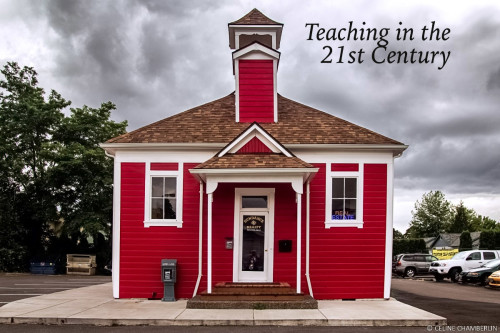
How has life changed for teacher’s in the classroom?
This is the story of two teachers you might find at any school in the United States. Mary and Martha both teach at a local middle school, but their teaching methods and strategies are completely different. One teacher has moved into the 21st century by embracing the use of technology; the other is still stuck in the 20th century. As you read their blogs, consider the implications for today’s students and the type of classroom that best meets their needs as 21st century learners.

Mary’s Blog:
The Night Before the Big Unit on Plate Tectonics.
I am so excited about the unit on plate tectonics. I spent the last few days reviewing my files from last year. I found my vocabulary lists, handouts, poster board project, CD showing the plate boundaries, PowerPoint presentations with student notes, quizzes and final exam. After looking over my teaching methods and strategies and making a few changes, I feel I am ready to go. I have reading assignments for my auditory learners, writing assignments for my visual learners and a hands-on project for my kinesthetic learners. With new standards for science, I need to make sure students memorize the important vocabulary and can identify how plates move and the problems they cause. Students seem to love this unit because we discuss volcanoes and earthquakes and what kid does not love a good, spooky volcano. Now I just need to make sure all my handout copies for the unit are ready to go.
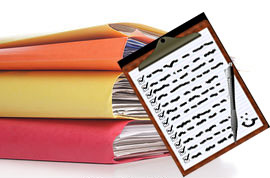
Martha’s Blog:
The Night Before the Big Unit on Plate Tectonics.
Tomorrow I start my favorite unit on plate tectonics. I looked over my notes from last year and am excited to add some new activities that I learned from a class over the summer. I made sure that my Chromebooks were compatible with what I have in mind. Tonight, students took a pre-assessment on Google Forms so I could see what they do and do not know about plate boundaries. After, I used the Flipped Classroom idea to have students map earthquakes on a world map. Students really love checking Edmodo each night to see what I send them. Tomorrow’s conversation should be very rich. After looking over my teaching methods and strategies, I really want to make sure students spend their time learning different processes such as research, analyzing and the use of different types of technology. Depending on what the students decide to do, I have quite a few ideas for student presentations. This way each student can find what best works for them for the final project.
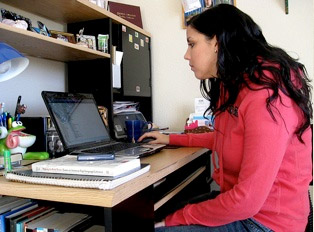
Mary’s Blog:
The Morning of the Big Unit on Plate Tectonics.
Copies made, desk lined up, textbooks out and ready to go. First I need students to take a pre-assessment on plate boundaries so I have an idea about what they know. This way I will know who my “experts” are as we move through the unit. After, students will copy all the appropriate vocabulary from their text into their composition notebook. This should take all period. I found a great trick where students copy the words on one side of a page and the definitions on the other. When they fold the page over, they can check whether or not they truly have the definitions memorized. I think the quiz will be in about a week. Hopefully students will take the time to study.

Martha’s Blog:
The Morning of the Big Unit on Plate Tectonics.
Chromebooks charged and SmartBoard on and ready to go. List of questions to help start the discussion, although these students seem to do very well. I have my “office memo” for students to take home and have signed by parents. Students will pretend to work for Geologic Hazards, Inc., a company tasked with monitoring catastrophic events in Washington State. The idea behind this activity is for students to realize the importance of learning why plate tectonics plays such an important role in their lives. They may not have all the words memorized, but they will remember how the tiny plate of Juan de Fuca can cause great havoc in our state. This is the first time I have used this idea and I am a little nervous. Students will spend time blogging about, researching, and learning about the different plate boundaries. At the end of the unit, instead of a test, I have a surprise for the students. I cannot wait to spring this on them, just like the real world. Regardless of how well all the assignments work, I just want the students engaged in their own learning.
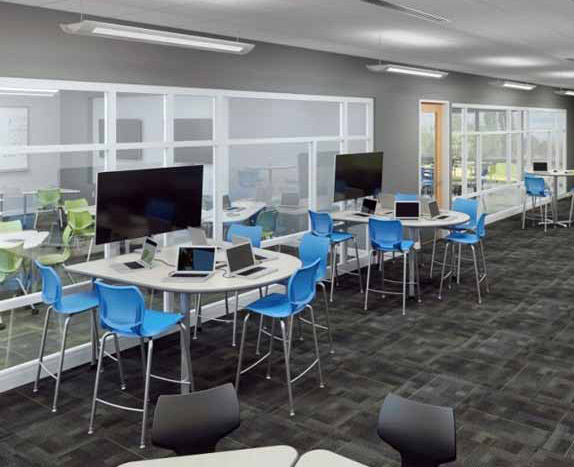
Mary’s Blog:
A Few Weeks Later
Students took the vocabulary quiz and as a whole did pretty well. Most students have turned in their handouts and seem to understand how each plate boundary moves and what catastrophic events each movement causes. One student noted that some of the information in the books was no longer true. When I asked where she found her information, she stated, “somewhere on the Internet.” Maybe one of these days I will go and look but I am never sure where to start: maybe next year. This time students spent time drawing and writing notes from the PowerPoint presentations I made. They asked many questions, which is very good. I had a few students who did not really take very good notes, but I can always give them copies if they need them tomorrow. Tomorrow students start their poster activity. They need to diagram each plate, show how they move and how this affects life on Earth, which is why I keep reminding them they need accurate notes. This activity will really help my kinesthetic learners since students need to draw their own images. One student asked if she could create her poster on the computer, but I just do not have time to check work on a computer. Besides, it would not be fair to let her use a computer when other students do not have one at home.

Martha’s Blog:
A Few Weeks Later
Students have spent the last few weeks learning about plate boundaries and sharing their understanding with others. Students are blogging about plate boundary activities like reporters, creating storybooks and one student made an instructional video for younger students using YouTube. While I am so proud of what they have created, what amazed me most is how well they took to the idea of being discerning about what the information found on the Internet. Being a discriminating consumer is so very important especially when dealing with the Internet.
Today students start their STEM project, which entails either modifying or creating a way to monitor earthquakes, tsunamis or volcanoes. Students are so excited about creating something of their own. Part of their activity is to either draw or create their device. A couple of students just showed me a website that allows students to draw 3D images. I had no idea. I will definitely add this site to my notes for next year. For their presentation, students can use poster board if they wish, but have access to so many programs on their Chromebooks. A couple of students are still so technology shy, so while I encourage, I do not push. I hope that by seeing what other students are doing, they will be curious to do the same.
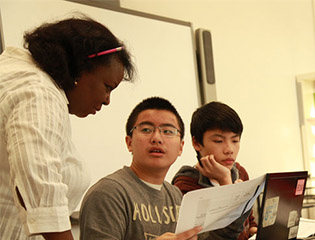
Analyzing the Differences
Twenty-first century teaching means encouraging learners to become active participants in their own learning. With the advent of the Internet, we are no longer the only ones in the classroom with information to share. Today’s learners are consumers of information and come to our classrooms having spent more on the Internet than ever before. As teachers, we need to help our students understand what is available and how to analyze and apply learned information in a new and valuable way. Letting students discover facts through active research and then guiding them to what is appropriate and share this knowledge by creating something new allows the student the chance to discover knowledge for themselves as opposed to being vessels needing to be filled.
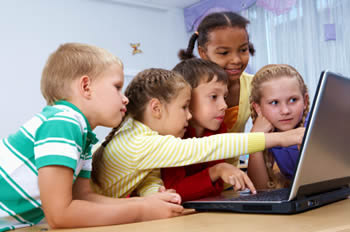
Let us examine two of the methods Mary and Martha used for teaching plate tectonics. While every teacher knows that reading, especially non-fiction is vitally important to student development, not all reading needs to be from textbooks. Some science textbooks can be made obsolete the moment they arrive at school, not through bad publishing but because knowledge of world is changing so rapidly. By allowing students to find the most current information from reputable sources, teachers show students not only how to find information but to also be discriminating about what they find. Today’s students need to understand that not all information on the Internet is factual. Mary could easily address her students comment about incorrect information in the text by allowing students to make a comparison between information in the text and real time information. This allows students the chance to see and discuss how fast knowledge changes about the world.

Another strategy used by both teachers was having students share what they learned by creating; however, what exactly did each group of students create? Mary’s students recreated something from their notes, while Martha had students not only made something new with what they learned about plate boundaries, but in the end, used their knowledge to help solve a real world problem. Memorizing facts is still an important skill but in an age when most facts can easily be found, something more is needed. Both Bloom’s Taxonomy and Dr. Dr. Ruben Puentedura’s SAMR model for use of technology notes that the creation of something new allows students to show a deeper understanding beyond than the fact itself. In Mary’s assignment, having students apply their learned knowledge instead of just show what they copied would better reflect if students understand about plate tectonics. Allowing students to use computers as well as poster board gives students the freedom to create beyond what is available in the classroom. This often encourages students to be more creative because through computers, there is so much more.

While the overall strategies of both teachers was to help their students understand plate tectonics and their impact on the world, their methods achieving their goal were very different. As 21st century teachers, we need to decide exactly what we want our students to learn. We are no longer confined by what is in our classroom: no longer dependent on a textbook or paper and pencil. This allows our students to work beyond what we as teachers might imagine. With just a little help from others, teachers stuck in the 20th century can be assisted and brought to the 21st century. What was once imaginable is now possible in any classroom.

Published: Feb 1, 2017
Latest Revision: Feb 6, 2017
Ourboox Unique Identifier: OB-236784
Copyright © 2017









hey
всьому свій час. спробую при нагоді. Доброї ночі